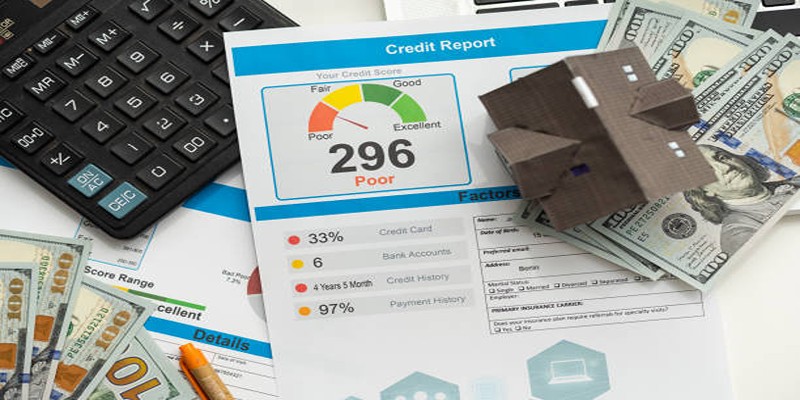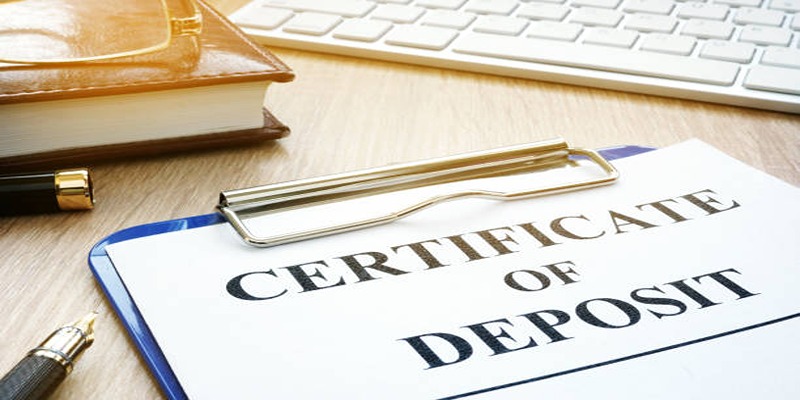Planning to rent your current home as you go ahead with buying another? You can invest in real estate to make money, have monthly income from rental and maximize the value of your property. Even so, taking care of all the financial, legal and other details can seem very challenging. This guide explains each important step in easy-to-follow, clear instructions, making it easy to handle your move to landlord and move toward your next house. Go forward without hesitation and in confidence!
Is Renting Out Your Current Home the Right Move?

Before jumping in, take a moment to assess whether renting out your home while buying another is the right choice for your goals and circumstances. Renting offers significant benefits, such as ongoing rental income and long-term property value appreciation. However, it also comes with challenges, including tenant management and unexpected maintenance costs.
Ask yourself these key questions to evaluate the viability of this decision:
- Is your home in a rentable location? Homes in popular neighborhoods with strong demand are easier to rent quickly.
- Can the rental income cover costs? Ensure you account for the mortgage, taxes, insurance, and upkeep costs when assessing profitability.
- Do you want to be a landlord? Being a landlord involves responsibilities like tenant screening, property maintenance, and creating rental agreements.
- Do you qualify for financing on a second home? Many lenders consider your total debt-to-income ratio, so renting income and existing mortgage payments must be accounted for.
Step 1 Choose Your Rental Strategy
First, think about how you want to manage your rental arrangement. Some homeowners prefer short-term rentals on platforms like Airbnb, while others opt for long-term tenants. Both options have unique pros and cons:
Short-Term Rentals
This approach offers flexibility and often leads to higher cash flow. However, it can require higher upkeep costs and more involved property management. Short-term rentals may also not be permitted in certain areas.
Long-Term Rentals
Long-term tenants provide stability and predictable income. However, rental amounts may be lower compared to a short-term strategy.
Your decision will depend on factors such as local regulations, market demand, and your available time to manage tenants.
Step 2 Understand Your Finances
Successfully managing two properties requires strong financial footing. It’s time to sit down, crunch the numbers, and ensure your plan is sustainable.
Calculate Expenses and Rental Income
Work out all associated costs for renting out your current home. Include:
- Mortgage payments
- Property taxes
- Homeowner’s insurance (or landlord-specific insurance)
- Utility costs, if applicable
- Maintenance and repair expenses
Then, research the local rental market to estimate how much you can charge tenants. Make sure there’s enough rental income to cover costs and ideally leave room for profit.
Speak to a Mortgage Lender
If you’re buying a new property, your lender will evaluate your overall financial health, including rental income projections. Prepare for this by gathering documentation that outlines your expected rental revenue.
Many lenders require a certain percentage of rental income to offset the existing mortgage payment on your first home while approving financing for the second. Check policies with your lender.
Step 3 Prepare Your Current Home for Renters
A home that’s ready for renters stands out in today’s competitive market. Take these steps before listing your property:
Make Necessary Repairs and Updates
Fix obvious issues (e.g., leaky faucets, broken light fixtures) and consider minor upgrades to increase your home’s appeal. Fresh paint, clean carpets, and updated appliances can significantly attract potential tenants.
Stage the Property
Declutter and depersonalize your home to create a welcoming, neutral atmosphere for renters. Highlighting the property’s best features helps tenants envision themselves living there.
Get Landlord Insurance
Convert your homeowner insurance into a landlord policy. This will cover risks like property damage caused by tenants and liability protection if someone is injured on the property.
Step 4 Find Reliable Tenants

Securing the right tenants is vital to the success of your rental. Follow these best practices to minimize potential issues:
- Screen Applicants Thoroughly: Run credit checks, verify income, and reach out to references or previous landlords. A reliable tenant pays rent on time and respects your property.
- Set Clear Rental Terms: Draft a comprehensive lease agreement that includes rental price, duration of the lease, security deposit, and house rules. Include legal language to protect both you and your tenant.
- Follow Fair Housing Laws: Make sure your rental process complies with all local and federal housing regulations to avoid discrimination issues.
Step 5 Purchase a New Home
Now that your current property is ready for renters, it’s time to focus on buying your new home.
Get Pre-Approved for a Mortgage
Lenders will evaluate your income, assets, debt, and rental income projections. With a pre-approval letter in hand, you’ll know exactly how much you can comfortably spend on your next property.
Stick to a Budget
Between down payments and ongoing rental property costs, managing your finances is critical. Set a budget to ensure your new mortgage payment fits within your overall financial plan.
Work with a Real Estate Agent
Hire an experienced real estate agent who understands your goals. They can help you find a home that aligns with your budget and minimizes the time your family spends transitioning between properties.
Step 6 Manage Your Rental Property
Once tenants are in place and you’ve settled into your new home, it’s essential to keep your rental running smoothly.
Consider Hiring a Property Manager
If you’re short on time (or live far from your rental property), hiring a property management company can take the strain off your shoulders. They will handle tenant relations, maintenance issues, and rent collection in exchange for a portion of the monthly rent.
Budget for Unexpected Costs
Set aside an emergency fund for repairs or major updates that come up over time. Proactively maintaining your rental keeps tenants happy and preserves long-term value.
Keep Organized Records
Staying on top of rental income and expenses helps simplify tax filings and ensures you thrive as a landlord. Consider using property management software for streamlined documentation.
Final Thoughts
Turning your current house into a rental property while buying your next home opens the door to new income opportunities and financial stability. While there are challenges, with the right preparation, you can seamlessly transition into becoming a homeowner and landlord. Are you ready to take the next step? Speak with a financial adviser, mortgage broker, or property management expert to ensure your transition is a smooth and successful one.












